What Makes a Neighborhood a Great Place to Live?
What Makes a Neighborhood a Great Place to Live?
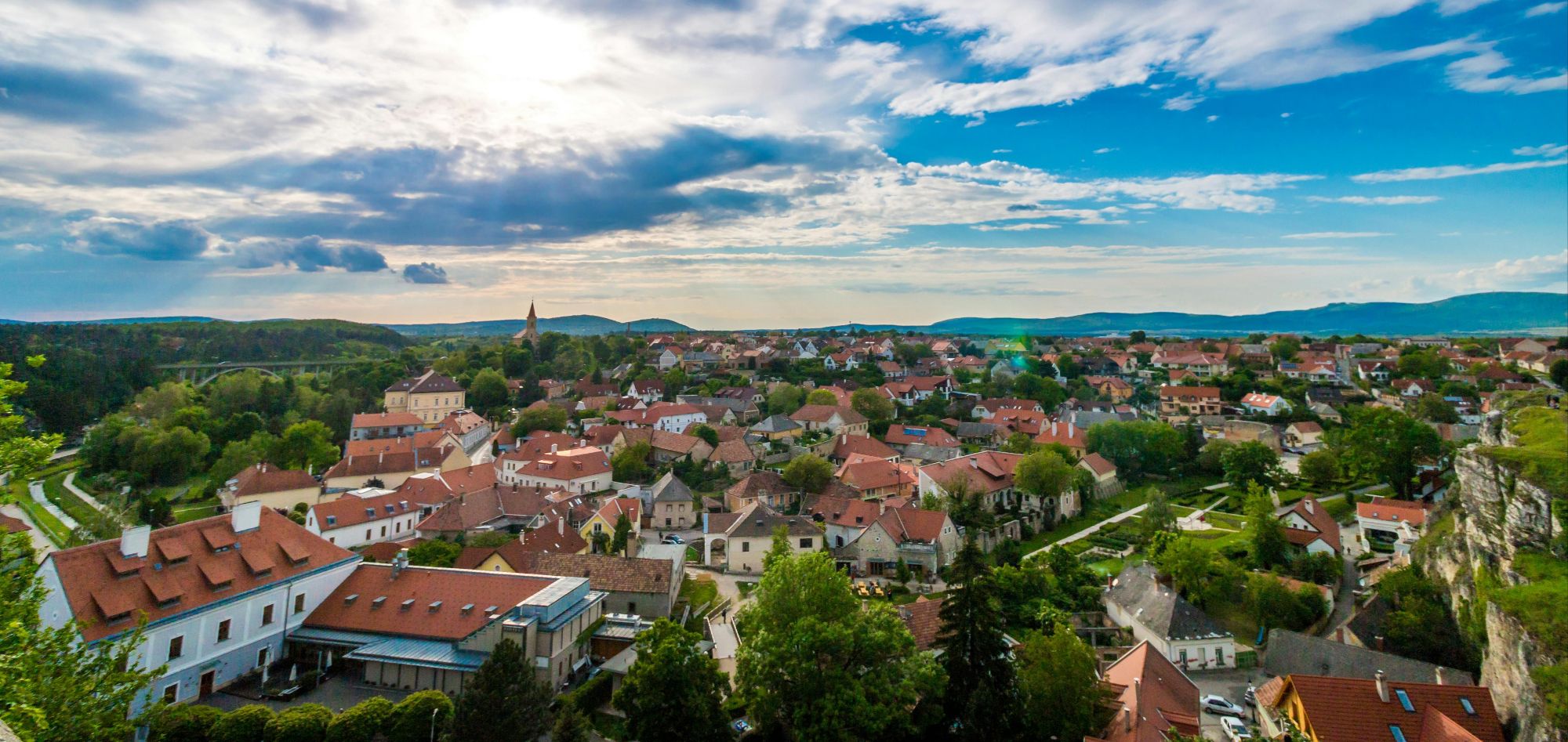
Choosing a place to call home goes beyond finding the perfect house; it's about finding a community that enhances your quality of life and meets your needs. Here are the important key factors that contribute to making a neighborhood a truly great place to live.
1. Safety and Crime Rates
Safety is paramount when considering a neighborhood. Low crime rates are indicative of a secure environment, where residents can feel at ease in their homes and while walking around the community. Here are some aspects to consider:
Local Crime Statistics: Research local crime reports and statistics. Areas with lower crime rates are generally more desirable and have a better reputation.
Community Policing: Neighborhoods with active community policing efforts tend to have lower crime rates. Look for areas with neighborhood watch programs or regular police patrols.
Resident Perception: Talk to current residents about how safe they feel. Their firsthand experiences can provide valuable insights.
2. Quality of School Districts
For families with children, the quality of local schools is a crucial factor. Good schools not only provide excellent education but also enhance the neighborhood’s appeal and property values. Consider the following:
School Ratings: Look up school ratings and performance metrics. Websites like GreatSchools and Niche offer detailed reviews and rankings.
School Programs: Investigate the variety of programs offered, including extracurricular activities, sports, and special education services.
Community Involvement: Schools with strong community involvement and active parent-teacher associations often indicate a supportive environment.
3. Amenities and Services
Proximity to amenities and services can greatly enhance convenience and quality of life. Key amenities to look for include:
Grocery Stores and Retail: Easy access to grocery stores, shopping centers, and essential retail stores is important for day-to-day living.
Healthcare Facilities: Proximity to hospitals, clinics, and pharmacies ensures quick access to medical care.
Public Transportation: Convenient public transportation options can reduce reliance on cars and offer easy access to work, school, and entertainment.
Parks and Recreation: Availability of parks, playgrounds, and recreational facilities encourages outdoor activities and community engagement.
4. Real Estate Market Activity
Understanding the local real estate market activity provides insights into the neighborhood’s economic health and potential for investment. Key considerations include:
Home Price Trends: Research the trends in home prices over the past few years. Steady or rising home prices often indicate a strong market.
Rental Market: Look into the rental market if you plan to rent out the property. High demand for rentals can be a sign of a desirable area.
Market Stability: Consider the stability of the market. Areas with volatile prices may be riskier investments.
5. Future Development Plans
Future development plans can significantly impact a neighborhood’s desirability and property values. It’s essential to be aware of upcoming projects and changes:
Zoning Changes: Check for any planned zoning changes that could affect the neighborhood’s character or density.
Infrastructure Projects: Look for planned infrastructure improvements, such as new roads, public transportation lines, or community facilities.
Commercial Developments: Be aware of new commercial developments, which can bring both positive and negative changes to the area.
6. Community and Culture
The sense of community and local culture can greatly influence your experience living in a neighborhood. Consider the following aspects:
Community Events: Active neighborhoods often host events like farmers’ markets, festivals, and community gatherings, fostering a strong sense of community.
Diversity and Inclusion: Look for neighborhoods that celebrate diversity and inclusivity, creating a welcoming environment for all residents.
Neighbor Relationships: A friendly and cooperative atmosphere among neighbors can make a significant difference in your daily life.
7. Accessibility and Commute Times
Easy access to major highways, public transportation, and employment centers can significantly impact your daily routine and overall satisfaction. Evaluate the following:
Commute Times: Calculate your potential commute times to work, school, and other frequent destinations. Shorter commutes can enhance work-life balance.
Traffic Patterns: Consider traffic patterns during peak hours. Heavy traffic congestion can be a major source of stress.
Walkability: Assess the walkability of the neighborhood. Areas with sidewalks and pedestrian-friendly streets encourage walking and reduce the need for driving.
8. Environmental Quality
The environmental quality of a neighborhood contributes to the health and well-being of its residents. Factors to consider include:
Air and Water Quality: Research local air and water quality reports. Areas with clean air and water are healthier places to live.
Green Spaces: Proximity to parks, nature reserves, and green spaces provides opportunities for outdoor activities and relaxation.
Noise Levels: Consider the noise levels in the area. Quiet neighborhoods are generally more peaceful and conducive to relaxation.
9. Worship and Community Centers
For those who value religious and community engagement, the presence of worship homes and community centers is essential. These facilities contribute to the social fabric and support systems within a neighborhood:
Places of Worship: Check for nearby churches, mosques, synagogues, temples, or other religious institutions that cater to your faith and practices.
Community Centers: Look for community centers that offer social, recreational, and educational activities, fostering a sense of community and support.
Selecting the appropriate neighborhood is essential in locating your ideal home. Consider safety, the quality of schools, available amenities, real estate trends, future developments, the community and its culture, accessibility, environmental quality, as well as the availability of worship and community centers. Doing so will ensure your new neighborhood fits your needs and improves your quality of life.
If you’re looking for professional guidance in finding the perfect neighborhood, I’m here to help. Contact me today to start your journey towards finding your ideal home in the perfect neighborhood!
|
|
Categories
Recent Posts
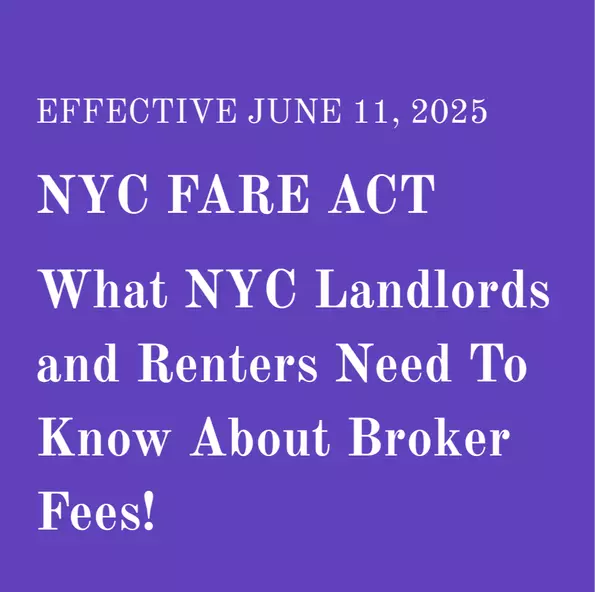
FARE Act 2025 Is Here What NYC Renters and Landlords Must Know About the New Broker Fee Law
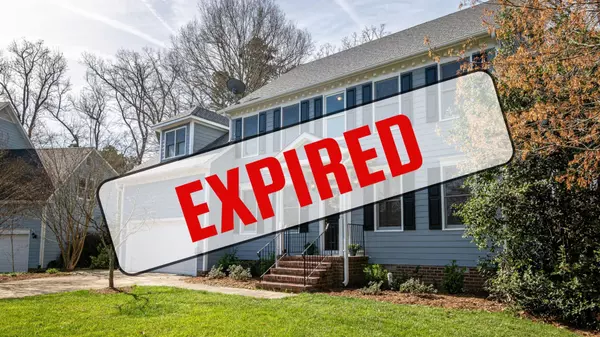
Truth Behind Expired Listings
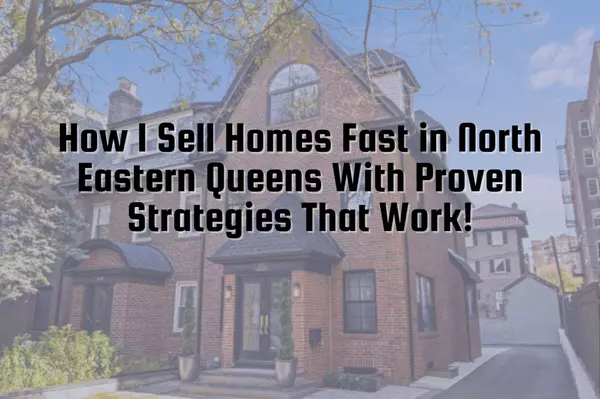
How I sell Homes Fast in North Eastern Queens With Proven Strategies That Work!
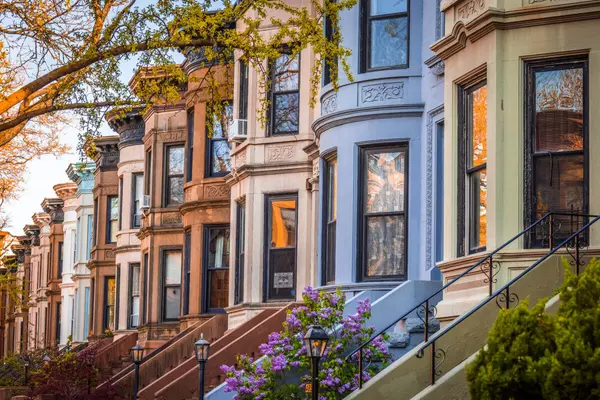
IRS Tax Advantages for New Investors

Should I Sell My Home During a Holiday Season?
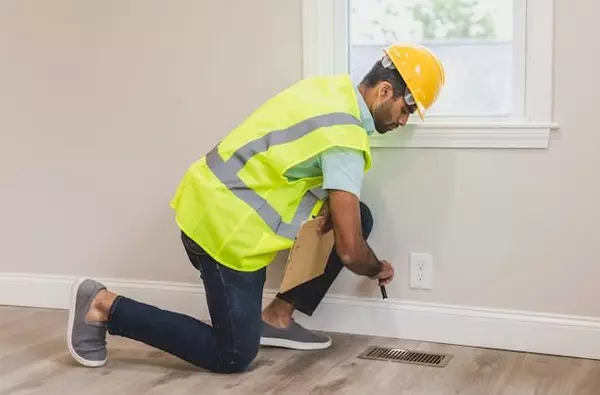
WHAT HOME INSPECTORS WON’T TELL YOU

No One Talks About These IRS Real Estate Tax Deductions
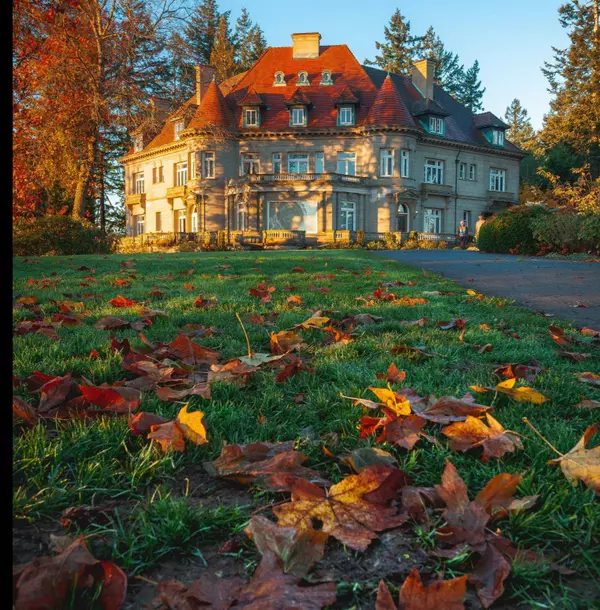
Is Your Home Fall-Proof? A Checklist for Safety and Comfort
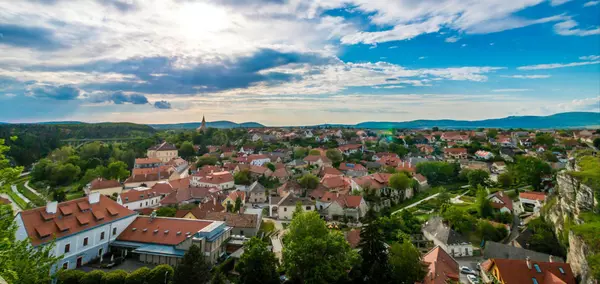
What Makes a Neighborhood a Great Place to Live?

Are Off-Market Deals Really Worth It for Sellers and Buyers?

Bella Kahlon
Broker Associate | License ID: 10301222852
+1(718) 344-2153 | bellakahlonrealtor@gmail.com